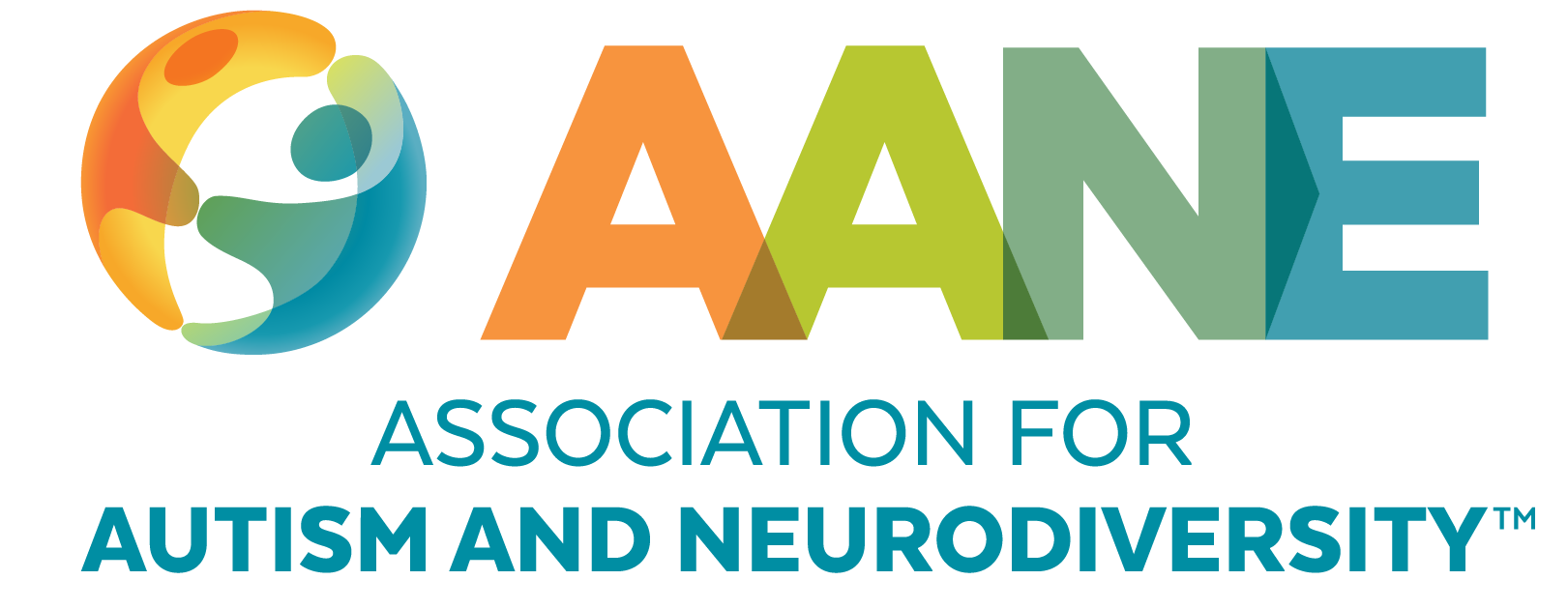
Are Autistic Students Traumatized in School?
About the Author
Marcia Eckerd, PhD. has been a licensed psychologist for more than 30 years. She has been appointed to the CT ASD Advisory Council and serves on the Clinical Advisory Group of AANE. She is also on the Board of Directors of NeuroClastic.org, an Autistic nonprofit that provides education, opportunities, and resources for Autistic individuals.
If you are experiencing an emergency, contact 911 or go to your nearest emergency department.
Additional Crisis Resources:
988 National Suicide and Crisis Lifeline:
- Dial 988 (For TTY Users: Use your preferred relay service or dial 711 then 988)
- Nacional de Prevención del Suicidio: (888) 628-9454
- Chat Online
The Trevor Project (LGBTQ+ support): 1-866-488-7386

Warning: This article discusses trauma, including school-related incidents.
Most of an autistic child’s time is spent in school, and that time can be very toxic to them due to the everyday trauma of repeated misunderstanding, invalidation, overstimulation, stress, rejection, and humiliation. Autism, school, and trauma are difficult to untangle because so many autistic individuals bear scars of school trauma throughout the rest of their lives.
The medical and mental health communities which serve as the “expert” guides on autism interpret autism through a solely pathological and neurotypical lens. The autistic child is thought to be a pathological version of a neurotypical child. If an intervention results in autistic children acting as if they are neurotypical, that intervention is accepted as “evidence-based” to be successful.
If autistic children act in a way that would be authentic for them, they are pathologized. There’s a wonderful quote by Paul Collins: “Autists are the ultimate square pegs, and the problem with pounding a square peg into a round hole is not that hammering is hard work. It’s that you’re destroying the peg.”
On the advice of “experts,” schools do their best to have autistic students conform to the behavior and expectations of neurotypical classrooms. Stimming is to be eliminated, regardless of the need it fills. Autistic children are to be listeners with good eye contact and quiet hands, despite the need of many to move and the fact that many find it impossible to listen and make eye contact at the same time. Despite training and the existence of books on autistic children in schools, actual behavior is misunderstood and is seen to be deliberate.
If a behavior gets the attention of an observer, the child is perceived as intentionally “attention seeking.” If a behavior results in not performing a task, the reason for the behavior is assumed to be “avoidant.” If a child speaks the truth as they see it, missing the social rules of what not to say, they are considered rude and disrespectful. If a child is overwhelmed by sensory, social demands, or stress and melts down or shuts down, this is seen to be the child’s choice and is considered “manipulative.”
Getting this kind of feedback over and over, day after day, children internalize a negative sense of self. To quote a non-speaking autistic 9-year-old girl, “When everyone has very low expectations of you, days become horrible fights for your soul.” Those of us in the field have seen the same stories play out again and again. A child is unable to do a task. Maybe they lacked sleep the night before, or just had a negative social encounter, or are in an overwhelming sensory environment. Pushed to work, the child resists, unable to fully express the distress being experienced. The child is pushed harder, until the child melts down or quits, and the problem is seen to be the child and not the pushing.
“Appropriate” behavior in a classroom is required regardless of the learning needs of the child. A girl who needed to rock or move in class was told by her teacher that she had to sit still. She was told to pretend a flagpole was tied to her spine. She was so self-conscious of sitting still and how she looked that she was unable to focus on learning. She also remembered vividly, even as a young adult, the stinging shame she felt being singled out in front of the class.
Our social skills programs teach children to perform “expected” social behaviors – it’s never considered that this might create long-term harm to the child. This approach teaches children to do social behaviors by rote, rather than teaching them to express themselves to get the outcomes they want. Even at a young age, girls especially teach themselves to mask, to imitate the social behavior they see in others. Masking is necessary to survive and be accepted, even though it’s exhausting and stressful. Research has shown that masking can be associated with depression in young adults.
While the goal for autistic children is the “least restrictive environment,” meaning mainstream placement, there’s no effort to help teachers, much less neurotypical peers, understand the perspective and communication style of the autistic child. Research has shown that mainstream placement results in better grades but more social rejection for autistic students – autistic students are routinely bullied. As one girl put it, “My problem isn’t my autism. My problem is the way people react to my autism; the world is just too neurotypical-heavy.”
Many autistic children blame themselves as others have blamed them for their perceived failure to “fit in” and “act right.” Many have lost confidence in their strengths and their capabilities because attention was focused solely on their deficits and weaknesses by neurotypical standards.
Despite all of this, many are still surprised or shocked at the idea that autistic children come out of school behaving like trauma survivors – distrusting, rejection sensitive, with little or no self-esteem, and diminished as people. They are burdened with a heavy sense of shame and failure that they will hold onto into adulthood.
What can be done? A change of paradigm to emphasize making school an autism-friendly environment is a start, just as we expect change to accommodate those who are deaf. Classrooms would be soundproofed. Fluorescent lights would be switched out. There would be a quiet place to eat for anyone wanting a break. Training is needed from the top down in how to accept differences – all differences – and to be sensitive to different communication styles and needs. A student who needs to stim or move could be offered the chance to sit in the back so other students aren’t distracted. Schools need to explore the why’s of behavior, so interventions are helpful. Be aware of the rejection sensitivity, cognitive style and learning needs of autistic students. Instead of assuming manipulation, assume they’re being genuine. All students, including autistic students, benefit from having a teacher mentor who “gets’ it. All of this is possible with training and awareness.
Stay Current
Subscribe for AANE weekly emails, monthly news, updates, and more!




